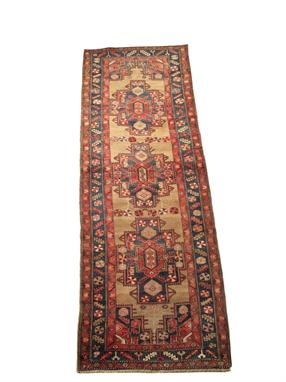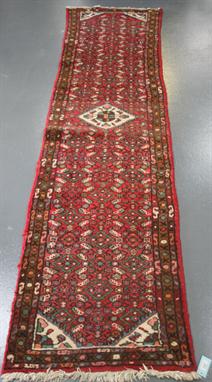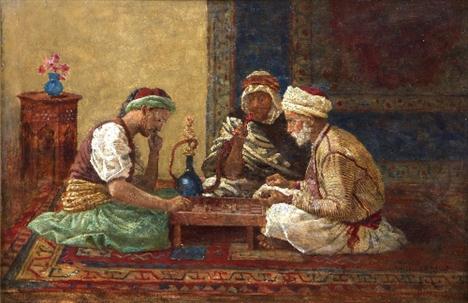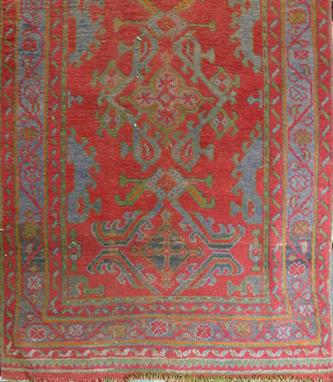We found 35065 price guide item(s) matching your search
There are 35065 lots that match your search criteria. Subscribe now to get instant access to the full price guide service.
Click here to subscribe- List
- Grid
-
35065 item(s)/page
Aloysius O'Kelly (1853-1936) The Game of Chess Oil on board, 21 x 32cm (8.25 x 12.5") Signed Aloysius O'Kelly painted many versions of this subject, variously exhibited at the Royal Academy (1889); the Royal Institute of Painters in Watercolours (1892); the Royal Hibernian Academy, Dublin (1896); The Royal Society of British Arts (1893); the Walker Art Gallery, Liverpool (1894) and two of these have previously been sold in these rooms, lot 205, 8th Dec 2009 and lot 80 5th Dec 2011. A further version was painted in the name of Oakley, one of O'Kelly's aliases, and submitted in 1893/4 to the Royal Society of British Arts.(i) The number of paintings of this subject is significant. Directly after painting 'Mass in a Connemara Cabin' (1883) (National Gallery of Ireland), which O'Kelly consigned to the Communard, Henri Rochefort to submit to the Paris Salon on his behalf, he went to Egypt and Sudan, with his brother, the Fenian, gun-runner, journalist and Member of Parliament, James J. O'Kelly. There they mixed with a group of French Socialists and Egyptian nationalists, and took up the cause of the Mahdi in Sudan, in an effort to embroil the British in the colonies, so as to create opportunities for Irish insurrection back home. Ciaro became an increasing subject of anxiety to the colonial authorities. And cafés were considered sites of political intrigue where the lower orders engaged in seditious behavior. According to a contemporary writer, there 'the rabble gathers...in a space so confined that the occupants are almost overcome by the fumes that rise from the stoves and the smoke of the pipes and nargilehs...It is a source of numerous infections and diseases, and a refuge for the unemployed and indolent, particularly in those places known for the consumption of hashish.'(ii) The pipe thus came to symbolize reflection and pleasure, as well as trouble. Given the ban on alcohol, hashish was thought to calm the nervous system, sharpen the intellect and lead to a state of intoxication called 'kayf'. an in this state, the native was considered highly unstable indeed. During the decade in which O'Kelly's café scenes were exhibited, the number of cafés where draughts/chess were played increased, a fact which was used to confirm the indolence of the Egyptians. Defining the defects of his character was considered the most effective way to accustom the native to his subordination. For these reasons, those who frequented cafés were considered suspect. But unlike most of his contemporaries, O'Kelly's was emphatically on the Egyptian nationalist side. Although less detailed than the other verions, compositionally this painting is the prorotype for those that followed. The three figures seated on the floor are engrossed in their game, the various elements of Egyptian dress, interior design and still life are all present, although they are much expanded in the later versions. Undoubtedly, the painting is indicative of O'Kelly's skills and interests, albeit in a preliminary form. - Prof. Niamh O'Sullivan (i) See Niamh O'Sullivan, 'Aloysius O'Kelly: Art, Nation, Empire' (Field Day, 2010), passim. (ii) Quoted in Timothy Mitchell, 'Colonising Egypt' (California, 1988),p. 117.
-
35065 item(s)/page






















































